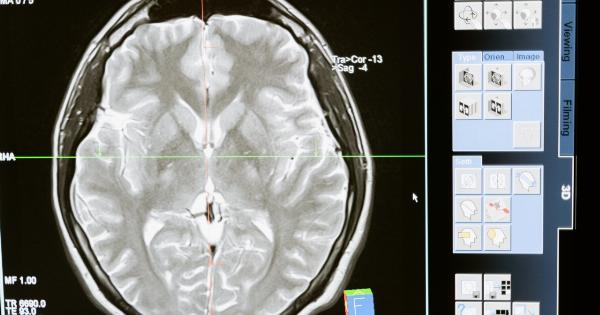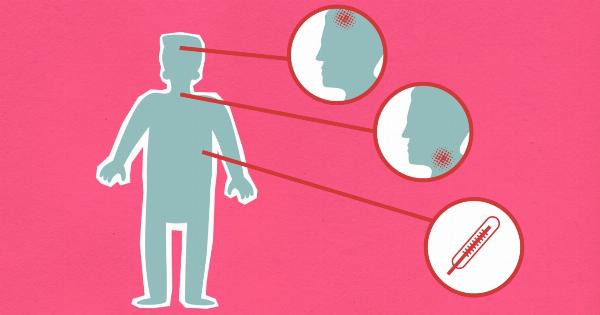Elderly individuals are among the most vulnerable populations when it comes to the use of prescription drugs.
While these medications are often necessary for managing various health conditions, they can also pose significant risks and dangers to older adults. This article explores the potential threats that prescription drugs can pose to the elderly and the need for caution and vigilance in their use.
The Prevalence of Prescription Drug Use Among the Elderly
Prescription drug use among the elderly is exceedingly common.
According to a study conducted by the National Institute on Aging, approximately 90% of older adults take at least one prescription medication, with almost 40% taking five or more medications simultaneously.
Polypharmacy and its Consequences
The phenomenon of taking multiple medications concurrently, known as polypharmacy, is particularly prevalent among the elderly population.
While the use of multiple medications may be necessary to manage various health conditions, it also increases the risk of adverse drug interactions, side effects, and medication non-adherence.
Increased Sensitivity to Drug Effects
As individuals age, their metabolism slows down, and their bodies become more sensitive to the effects of drugs. Older adults may experience heightened side effects or adverse reactions even at standard dosages.
Moreover, age-related changes in liver and kidney function can impair drug metabolism and elimination, prolonging the presence of medications in the body and increasing the risk of toxicity.
Common Adverse Drug Reactions Among the Elderly
The elderly population is more prone to experiencing adverse drug reactions compared to younger individuals.
Some common adverse reactions observed in older adults include drowsiness, confusion, dizziness, falls, gastrointestinal disturbances, and drug-induced delirium. These reactions not only compromise the older adult’s well-being but can also lead to hospitalizations and increased healthcare costs.
The Impact of Cognitive Decline
Cognitive decline and age-related conditions such as dementia and Alzheimer’s disease further complicate the use of prescription drugs among the elderly.
These conditions can impair an individual’s ability to understand medication instructions, adhere to prescribed dosages, and recognize adverse effects. Consequently, medication mismanagement becomes a significant concern in this population.
Potential for Medication Non-Adherence
Medication non-adherence is a pervasive issue among older adults. The complexity of medication regimens, forgetfulness, financial constraints, and physical limitations can all contribute to non-adherence.
The consequences of medication non-adherence include compromised treatment outcomes, disease progression, and increased health risks.
Overprescribing and Inappropriate Medication Use
Overprescribing and the inappropriate use of medications are pressing concerns when it comes to the elderly population. Many older adults are prescribed medications without a clear indication or cautionary considerations for potential risks.
Additionally, the use of potentially inappropriate medications, such as those listed in the Beers Criteria, can contribute to adverse drug reactions and poor outcomes.
Drug-Drug Interactions
The concurrent use of multiple medications significantly increases the risk of drug-drug interactions among the elderly. Some interactions can alter the metabolism or effectiveness of certain drugs, leading to adverse effects or treatment failure.
Healthcare providers must carefully evaluate medication profiles to identify potential interactions and make necessary adjustments to minimize risks.
Preventive Measures and Strategies
Several preventive measures and strategies can help mitigate the risks associated with prescription drug use in the elderly.
These include medication reviews, deprescribing when appropriate, patient education, caregiver involvement, simplified medication regimens, and the use of medication management tools or services.
Collaboration between Healthcare Providers
Effective communication and collaboration between healthcare providers, including physicians, pharmacists, and specialists, is crucial in addressing the challenges posed by prescription drugs in older adults.
Coordinated efforts and shared decision-making can enhance medication safety and optimize treatment outcomes for the elderly population.
The Role of Caregivers and Family Members
Family members and caregivers play an essential role in ensuring the safe and appropriate use of prescription drugs among the elderly.
They can assist in medication administration, facilitate communication between healthcare professionals, monitor for adverse effects, and support medication adherence.
Conclusion
Prescription drugs can pose significant threats to the elderly population, given their increased susceptibility to adverse reactions and medication mismanagement.
To minimize these risks, a comprehensive approach involving healthcare providers, caregivers, and patients themselves is necessary. By prioritizing medication safety and adopting preventive strategies, the potential dangers associated with prescription drug use among the elderly can be significantly reduced.






























